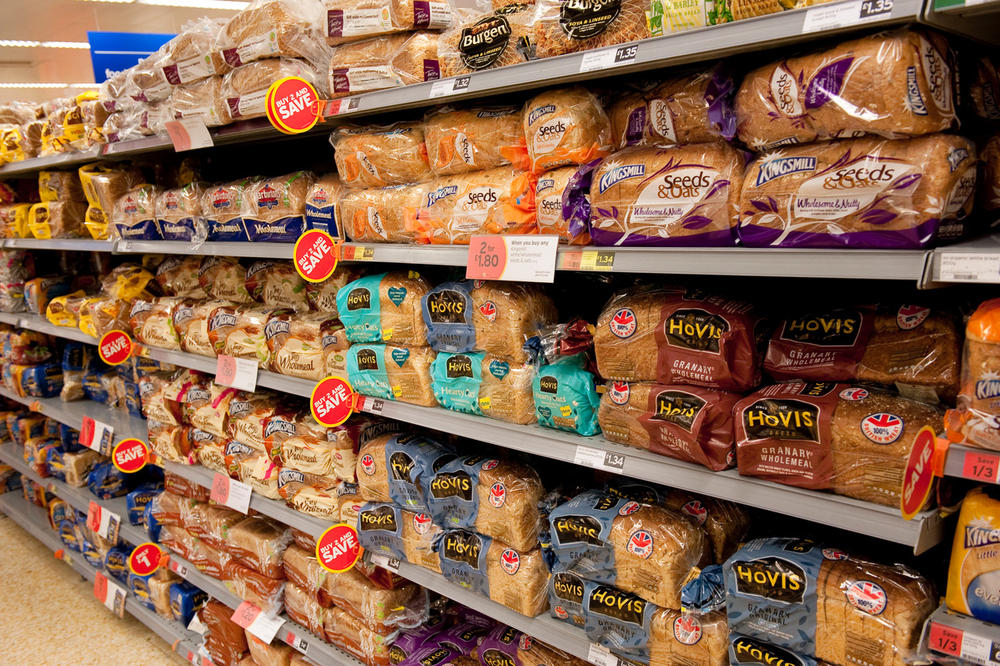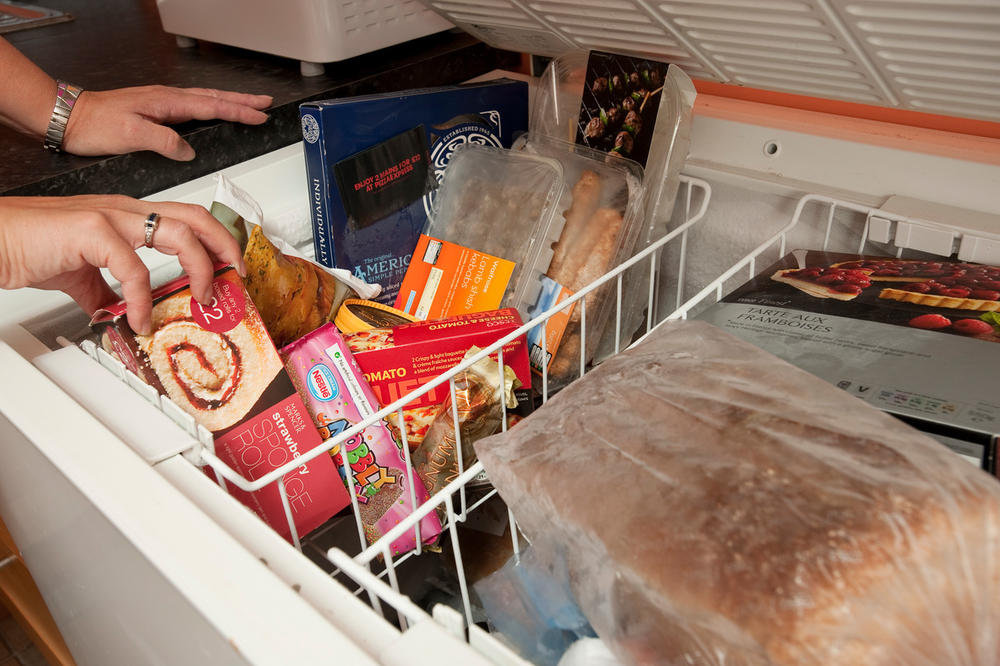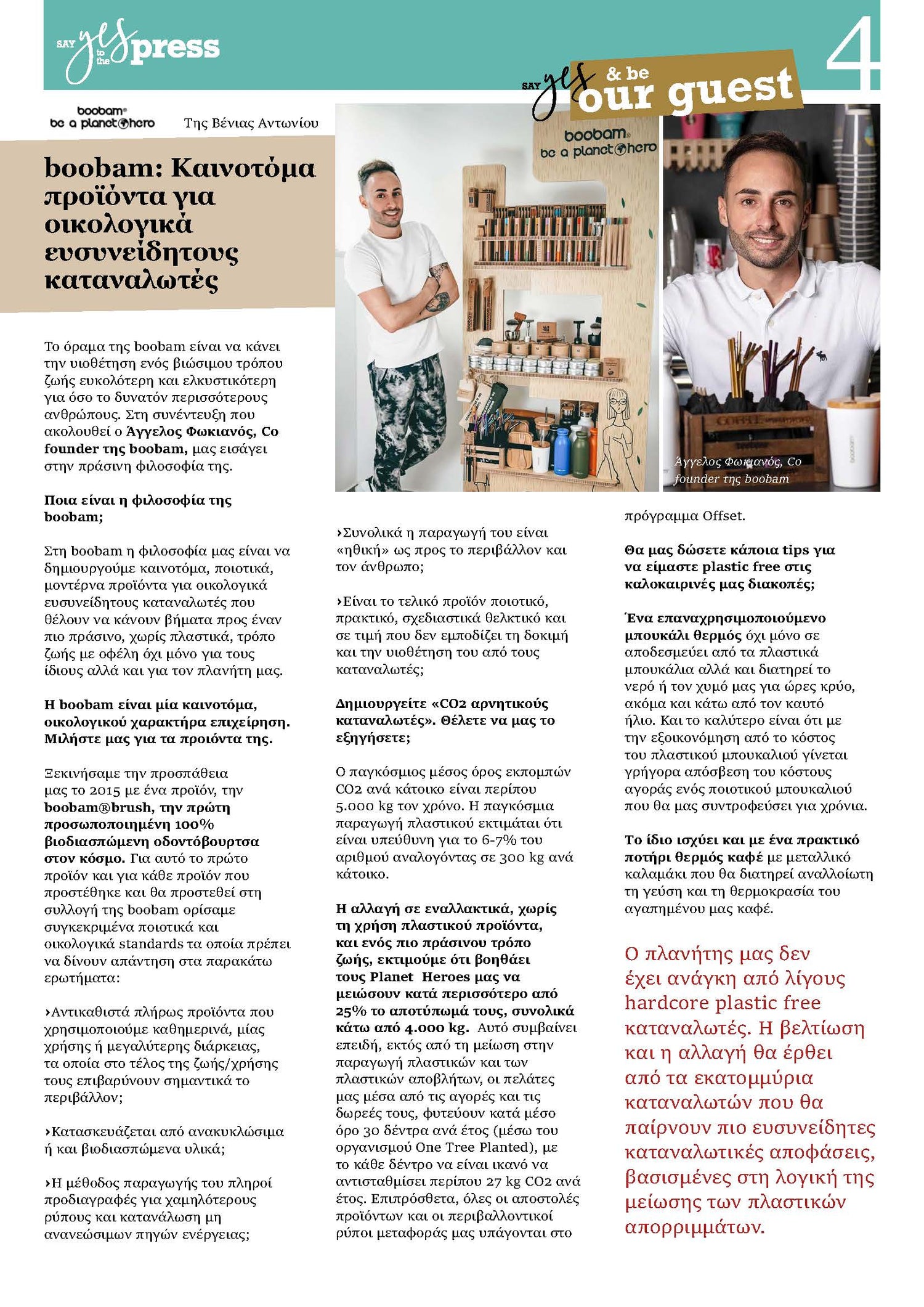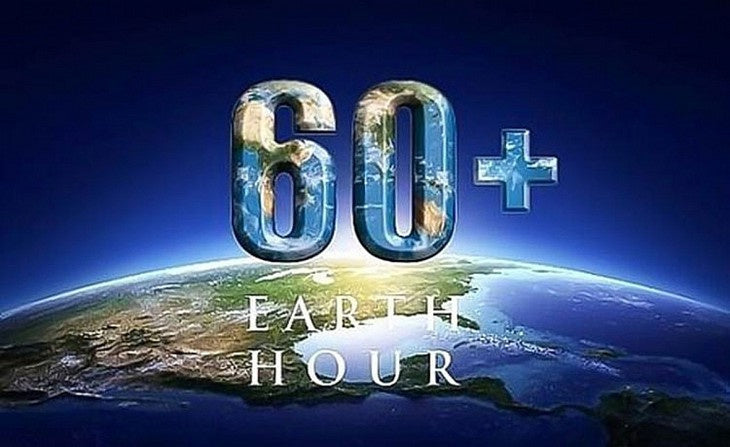A few simple steps could help reduce the environmental impacts of wasted food
Today, an estimated one-third of all the food produced in the world goes to waste. That’s equal to about 1.3 billion tons of fruits, vegetables, meat, dairy, seafood, and grains that either never leave the farm, get lost or spoiled during distribution, or are thrown away in hotels, grocery stores, restaurants, schools, or home kitchens. It could be enough calories to feed every undernourished person on the planet.
But wasted food isn't just a social or humanitarian concern—it's an environmental one. When we waste food, we also waste all the energy and water it takes to grow, harvest, transport, and package it. And if food goes to the landfill and rots, it produces methane—a greenhouse gas even more potent than carbon dioxide. About 11% of all the greenhouse gas emissions that come from the food system could be reduced if we stop wasting food. In the US alone, the production of lost or wasted food generates the equivalent of 37 million cars’ worth of greenhouse gas emissions.
As the world’s population continues to grow, our challenge should not be how to grow more food, but to feed more people while wasting less of what we already produce. Thankfully, there are plenty of actions we can take at the consumer level to make a significant difference. From delivering leftovers to those in need to freezing food, shopping smarter, and composting to keep inedible scraps out of landfills, we can all take small steps to curb our emissions.
 © WWF/Richard Stonehouse
© WWF/Richard Stonehouse
 © WWF/Richard Stonehouse
© WWF/Richard Stonehouse
Here are a few tips to help you get started:
-
Plan ahead and buy only what you need. Going to the store without a plan or on an empty stomach can lead to buying more than we need. To keep your kitchen on track, try to eat leftovers, think of meals you might eat out, and avoid unnecessary purchases by planning your grocery list ahead of time.
-
Use your freezer. While there are plenty of benefits to eating fresh food, frozen foods can be just as nutritious. They also stay edible for much longer. A lot of seafood, for example, is frozen before it reaches your supermarket and then thawed and put on display. That means it will only stay fresh for a few days. By buying frozen seafood, you can extend the shelf life of the product considerably. Cooking and freezing food—especially produce—before it goes bad is a great way to avoid having to toss it.
-
Be creative with leftovers. Before you shop, use the food you already have. Websites like Big Oven, Supercook, and MyFridgeFood allow you to search for recipes based on ingredients already in your kitchen. You can also use apps like Epicurious and Allrecipes to make the most of what's in your fridge and pantry.
-
Blend, bake, or boil. Fruits and vegetables that are beyond ripe may not look pretty, but that doesn't mean they can't still taste delicious in recipes. Try using your wilting, browning, or imperfect produce to make sweet smoothies, bread, jams, sauces, or soup stocks.
- Talk it up. Preventing food waste is the most effective way to shrink its impact on the planet. If we avoid producing food that we don't eat, we can save the land, water, and energy that would have been used to make it. And awareness is a good first step; according to ReFED, educating consumers about food waste could prevent 2.3 million tons of greenhouse gas emissions.





